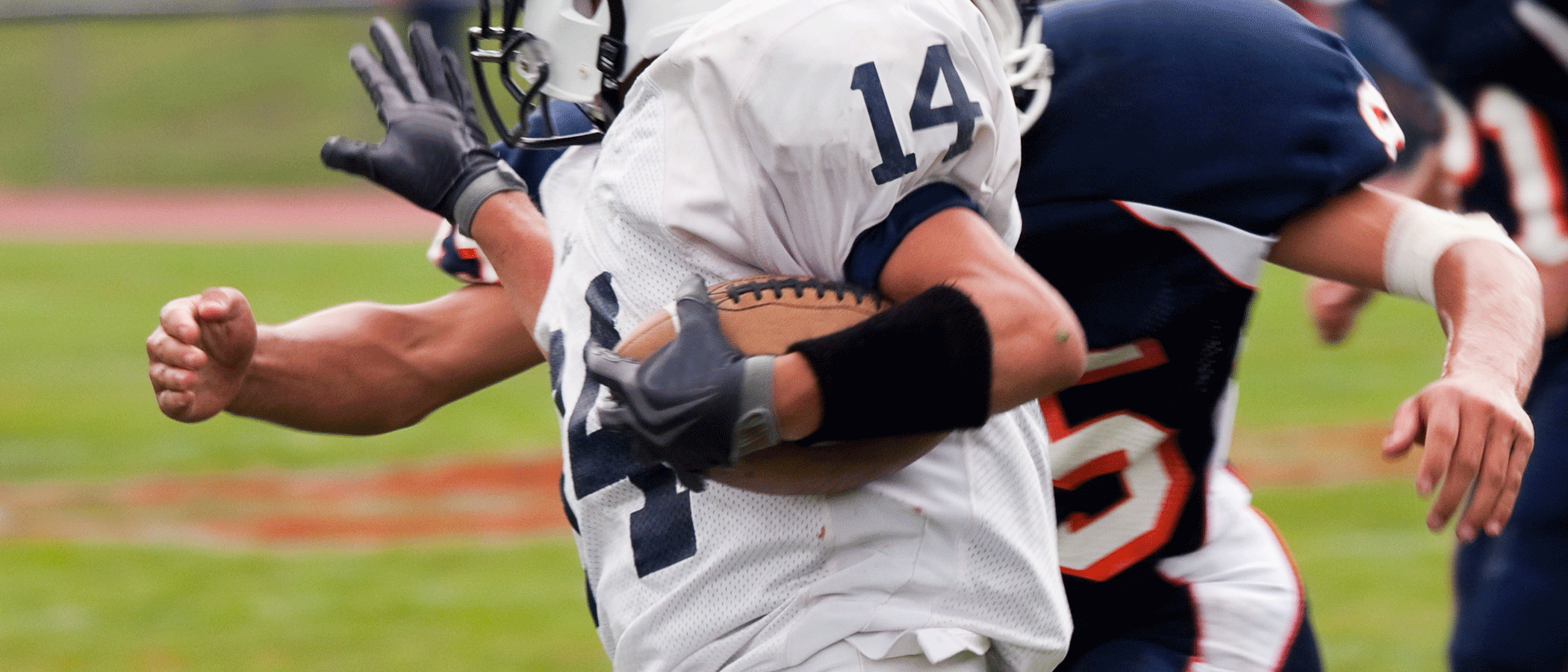Throughout Texas, hospitals are finding new ways to support athletes as they train, compete and recover from injuries. By collaborating with schools, colleges and other youth sports programs, these hospitals are on the front lines of injury treatment and prevention. And through state-of-the-art facilities and community networks, Texas sports medicine experts are helping athletes achieve their goals.
At The University of Texas Health Science Center at San Antonio, also known as UT Health San Antonio, helping athletes heal is a matter of collaboration. UT Health San Antonio has recently become the official health care provider for athletes at The University of Texas at San Antonio (UTSA). Through this partnership, athletes will have access to advanced treatments, physical therapy, concussion care, sports physicals, orthopedics, imaging and surgery, along with priority access to ophthalmology, optometry, dental services and enhanced wellness program and more.
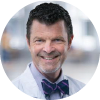
Robert H. Quinn, M.D. is chair of the Department of Orthopedics at the Joe R. and Teresa Lozano Long School of Medicine at UT Health San Antonio. He sees many new opportunities and resources for UTSA athletes through the partnership.
“We have a team of sports providers that take care of these athletes,” Dr. Quinn said. “The team is run by highly trained, specialized sports surgeons but also supported by primary care sports medicine doctors, physical therapists and athletic trainers. On top of that, our athletics program is backed up by the fact that we have 1,100 other specialists at UT Health. So that’s what nobody else but a university can offer: we have over a thousand doctors on call for these athletes.”
The team at UT Health San Antonio is focused not only on injury treatment but also on prevention.
“We do research on injuries and how to improve outcomes, but also how to prevent them,” Dr. Quinn said. “It’s whole-person care, and not just care focused on injury, but whole-person for the entire continuum: injury prevention, exercise management, physiology and performance.”
UT Health San Antonio also announced it will build a major community outpatient center on the Park West Campus of UTSA. The facility will mark a strategic expansion of UT Health San Antonio’s community clinical practice, UT Health physicians, and will house the sports medicine program. Dr. Quinn feels that this announcement was made possible by the partnership’s emphasis on sports. Additionally, UT Health San Antonio has provided primary care for UTSA students, faculty and staff through the Wellness 360 program of its School of Nursing. The partnership will also enhance learning and research opportunities and has already resulted in some combined degree programs and collaborative research efforts.
“If these kids get injured, it’s a devastating blow to their future. So the satisfaction of being able to get them back to their level of play in spite of an injury — that’s what motivates [the surgeons], especially as they try to prevent athletes from getting these kinds of injuries in the first place.”
ROBERT H. QUINN, M.D., CHAIR OF THE DEPARTMENT OF ORTHOPEDICS AT THE JOE R. AND TERESA LOZANO LONG SCHOOL OF MEDICINE AT UT HEALTH SAN ANTONIO
“The sports partnership has been a platform from which we have developed health care and wellness for the entire campus,” Dr. Quinn said. “It’s hard to get a foothold in that kind of a relationship without an anchor like sports.”
The scope of the partnership is large, but it all comes back to the individual athletes, especially their goals and their futures. Dr. Quinn sees this as the primary motivator for the sports medicine surgeons on his team.
“For many athletes – and particularly athletes from places like San Antonio – [playing sports] is their ticket out,” Dr. Quinn said. “If these kids get injured, it’s a devastating blow to their future. So the satisfaction of being able to get them back to their level of play in spite of an injury – that’s what motivates [the surgeons], especially as they try to prevent athletes from getting these kinds of injuries in the first place.”
In a similar vein, Memorial Hermann Health System offers young athletes a wide spectrum of resources for injury treatment, prevention and improved performance through their Ironman Sports Medicine Institute in Houston. The Institute is staffed by a community of experts that create personalized care plans for both injured and healthy athletes.

Tu Dan Kathy Nguyen, M.D. is a primary care sports medicine physician with Memorial Hermann Medical Group. As part of the Ironman Institute’s team, she regularly sees young athletes come to the Institute for one treatment and stay for the comprehensive care they receive there.
“The Ironman Sports Medicine Institute is a collaborative network of not only physicians, but physical therapists, a dietician, and then also strength and conditioning [experts],” said Dr. Nguyen. “We have partnerships with universities in the Houston area, and these universities send their athletes to our Institute. They enter a network within Memorial Hermann in which these athletes can seek out specialized care first and then get incorporated into a centralized, collaborative care network.”
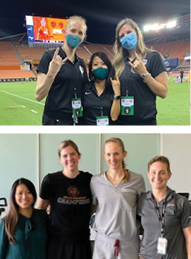
Experts on the Institute’s team work with injured athletes throughout the entire recovery process, ensuring they return to physical activity in a safe and timely manner. For healthy athletes, the Institute offers human performance services that help them better understand how to compete at their highest potential.
High school and college athletes come to the Institute to help them prepare for their sports seasons, then physicians, physical therapists and dieticians work together to create a customized plan for each athlete that benefits both body and mind. As Dr. Nguyen noted, this includes workouts, diets, hydration plans, supplement recommendations, mental health coaching and goal setting, and nutritional guidance to help “maximize their fuel” so when their season starts, they are ready to play.
The Ironman Institute also sends doctors to be present on the sidelines at high school, university and professional games, which is an essential part of the team’s commitment to outreach in their community.
“It’s pretty dynamic, because not all cities have [physicians] covering a high school football game,” Dr. Nguyen said. “Being there allows us to build relationships with the community and to gain trust with the athletes.”
In Central Texas, the community of experts at Baylor, Scott & White Hillcrest Medical Center is reaching young athletes in a different way: through their new sports medicine facility, the Ted and Sue Getterman Sports and Orthopedic Center in Waco. This center is the new home of the Baylor Scott & White Southwest Sports Medicine & Orthopedics team of physicians, as well as a team of physical therapists.
The 106,000-square-foot building’s four floors contain indoor and outdoor areas for performance and physical therapy, 48 exam rooms, outpatient surgery and classrooms. The center’s innovative technology and equipment includes 3T MRIs, advanced imaging, workout machines and rehabilitation methods such as aqua-therapy.
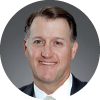
David Haynes, M.D. is an orthopedic surgeon and one of the center’s original visionaries.
“One of my partners and I were the first two orthopedic surgeons in the group here,” Dr. Haynes said. “In 2005, we began thinking of a multidisciplinary center that would provide services to the central Texas area with communication and continuity of care in the area of sports medicine.”
Their dream came to fruition at the opening of the Ted and Sue Getterman Sports and Orthopedic Center on March 2, 2020. Despite the rapid onset of the pandemic shortly thereafter – what Dr. Haynes described as “a rocky start” – the center is now thriving.
The center’s team of physicians works regularly with collegiate athletes from Hill College, McLennan Community College, Baylor University and other area colleges, as well as high school students from 60 area schools. In fact, Dr. Haynes noted that students under 18 make up the majority of the center’s student clients. The center’s physicians and physical therapists act as resources for local schools’ on-staff athletic trainers and then work directly with students who become injured.
“For the athletes of Central Texas, the future is bright,” Dr. Haynes said. “There are a lot of possibilities in how we can grow.”
As students return to playing team sports after a year of virtual school, they faced new challenges brought by the COVID-19 pandemic. Most collegiate athletes have continued to train since the pandemic’s onset, but for some younger athletes, it was a “forced rest period,” as Dr. Haynes noted. In some ways, this was a blessing in disguise.
“Before the pandemic, a lot of athletes in high school and younger were playing year round and suffering from overuse injuries. The side effect of the pandemic was that these injuries have improved,” said Dr. Haynes. “The ability to take a break was beneficial for them in a way.”
Now that school sports have resumed, so have training sessions and consultations with doctors, dieticians and physical therapists. For these sports medicine professionals, knowing an athlete’s history with COVID-19 has been essential.
“The big elephant in the room, in terms of challenges, is if they’ve had a history of COVID-19 or not,” Dr. Nguyen said. “If they had no symptoms with COVID-19, they may have a regular season like normal. But if they had pretty significant symptoms, or any cardiomyopathy or myocarditis, their performance may change.”
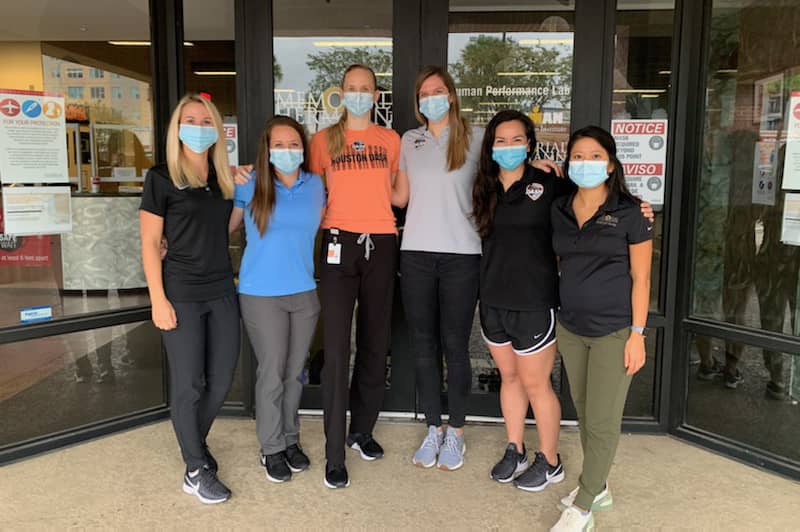
“I always tell the athletes, especially this summer, ‘You may not be at 100% like you used to, whether it’s because you had COVID-19, or because your performance and training during the year was less than typical years.’ We have to start slowly and increase in activity moderately, rather than jumping right back in,” said Dr. Nguyen.
For Dr. Haynes, working with injured athletes is just as mental as it is physical – especially in light of the pandemic.
“A huge part of taking care of athletes is the mental lesson learned; it’s the psychology, if you will, of injury and recovery, and what that teaches in regards to life skills,” Dr. Haynes said. “It’s very similar to what sports teaches in terms of life skills: how to overcome adversity, deal with different people with different backgrounds, all coming together for a common goal and achieving something greater than the individual.”
“The same sense comes from overcoming an injury and returning to your sport, achieving that goal with the help of physical therapists, athletic trainers, orthopedic surgeons, medical doctors – all the areas of sports medicine. In that way, I truly hope we are preparing athletes for the future.”
